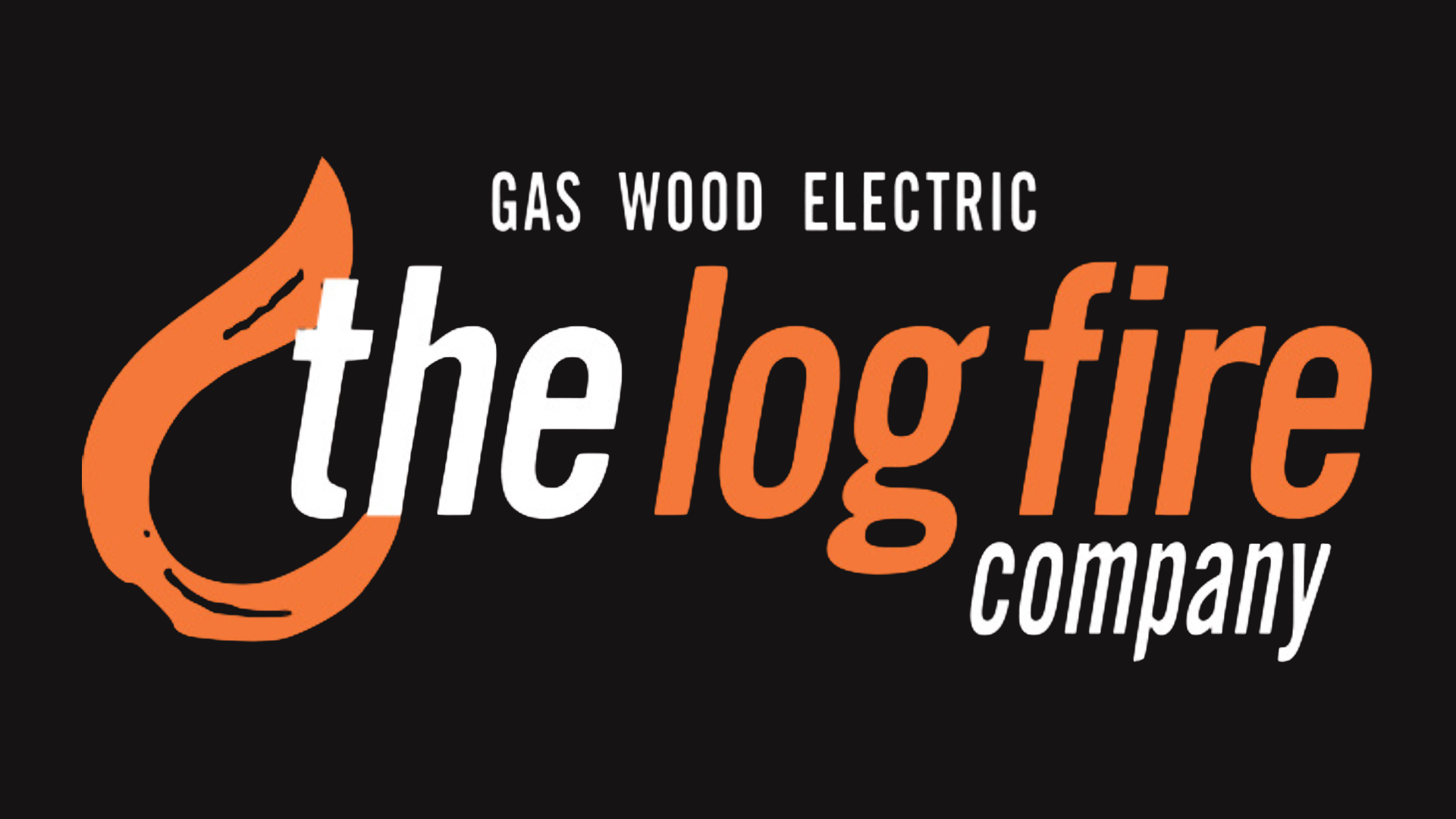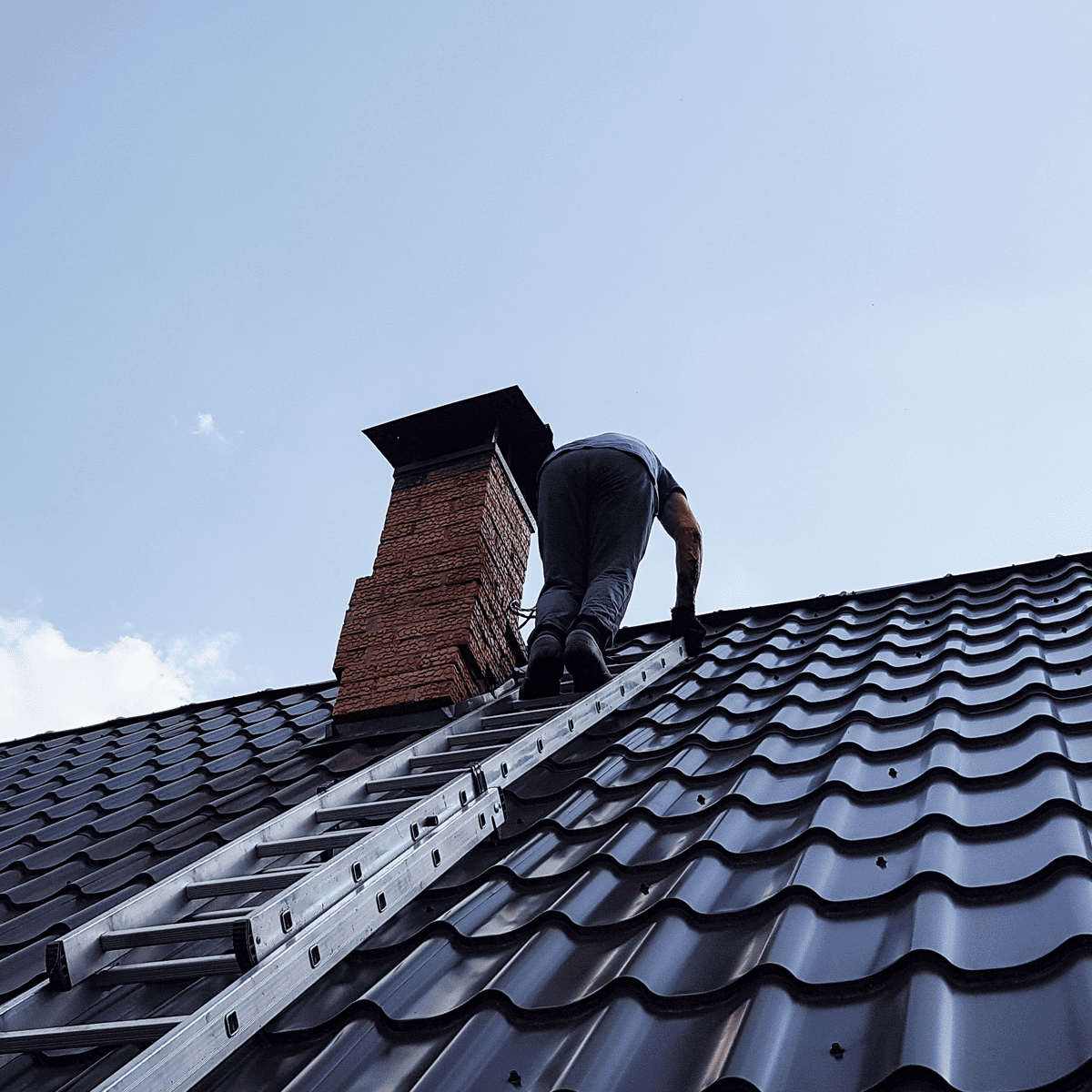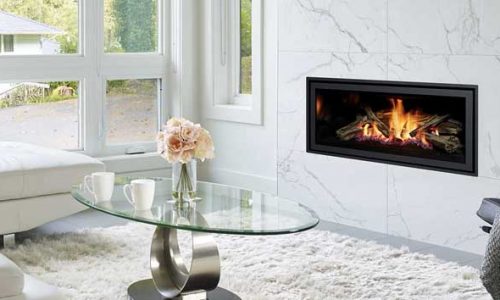Australians are pretty good at squeezing the last bit of warmth out of a gas fireplace, then forgetting it exists the moment the weather warms up. The problem is that small issues you noticed in autumn or winter rarely fix themselves over summer. In many cases, they quietly get worse.
If you want your heater to roar back to life the moment the first frost hits, now is the time to sort out essential fireplace repairs and safety checks. Leaving it until next winter usually means longer wait times, higher costs, and more frustration when your heater does not fire up properly.
Common Signs Your Fireplace Needs Post Season Attention
Before you pack away the blankets and stop thinking about heating altogether, it is worth checking how your fireplace behaved at the end of the season. Those little quirks you noticed are often early warnings that fireplace repairs are needed.
Here are some common signs to look back on or check now:
- Unusual smells while running – If you noticed a strange gas smell, burning dust smell that did not go away, or a persistent musty odour, that is not something to ignore. It can indicate poor combustion, a blocked flue, or dust and debris burning in places it should not.
- Ignition issues or delayed start up – Did you have to press the ignition multiple times, jiggle the remote, or turn the unit off and on before it finally lit? Slow or unreliable ignition is a classic sign that ignition components, sensors, or remotes may need cleaning, adjustment, or replacement.
- Drops in heat output – Maybe the fireplace still looked good, but you found yourself turning it up more often to feel the same level of warmth. A noticeable drop in heat output can point to blocked burners, poor airflow, or internal parts that are starting to fail.
- Soot build up on logs or glass – Dark staining on the glass, fake logs, or surrounding surfaces is usually a sign of incomplete combustion. That is not just a cosmetic annoyance. It can be a safety issue and a clear hint that the system is not running as cleanly and efficiently as it should.
- Odd noises during operation – Rattling, whistling, popping, or new humming noises are easy to shrug off, especially when you are cold and just happy to have heat. But these sounds often come from loose components, fans, or burners that are not working correctly.
If any of these sound familiar, you are not just being picky. They are all valid reasons to book fireplace repairs and a safety check now that the heater is off for the season.
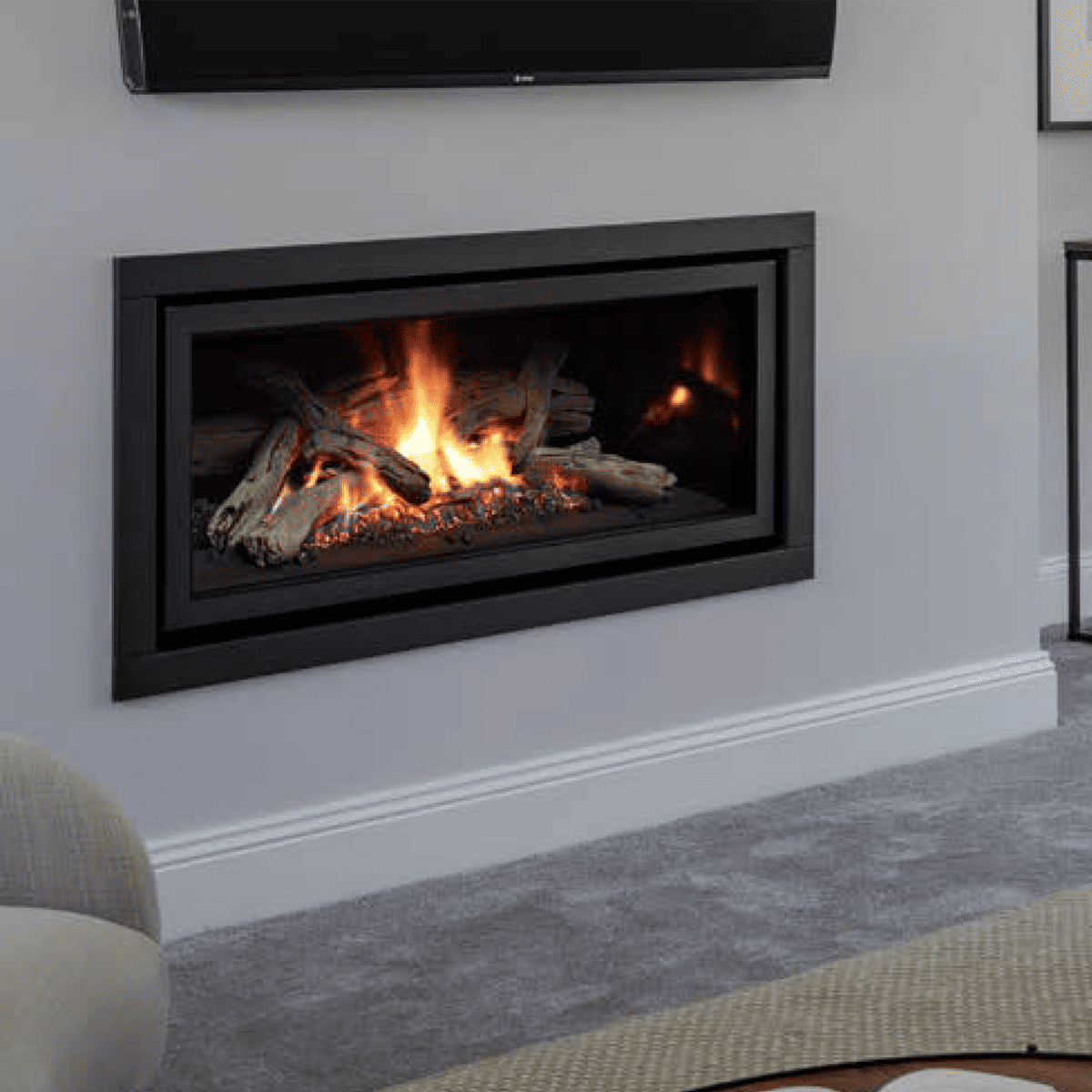
Why Minor Fireplace Faults Get Worse Over Summer
It is tempting to think: “It still worked, so I will just deal with it next winter.” Unfortunately, that is usually the most expensive option. Minor faults often worsen while the fireplace sits idle over summer.
Here is why ignoring those little issues is risky:
- Components continue to corrode or degrade – Even when your gas fireplace is not running, metal parts can continue to rust, seals can dry out, and electrical components can deteriorate, especially in coastal or high humidity areas.
- Dust and debris keep building up – A fireplace that already had dust or debris affecting performance will not magically clean itself. Over months of disuse, dust can settle deeper into burners, fans, and vents, making ignition and heat output problems even worse next season.
- Small gas leaks can go unnoticed – A slight gas smell or occasional whiff might not have seemed urgent in winter, but leaving potential leaks uninspected is never a good idea. Issues in pipework, connections, or components can worsen over time.
- You lose your chance to fix problems on your schedule – If you leave everything until the first cold snap, you will be competing with everyone else who also put off fireplace repairs. That can mean longer wait times and rushed decisions, rather than calmly choosing the best repair option in the off season.
Taking action now turns “potential problems” into planned maintenance, which is cheaper and far less stressful than dealing with a broken heater on a freezing night.
The Value of a Professional Inspection and Gas Safety Check
There is a lot you can visually notice as a homeowner, but the internal workings of a gas fireplace are not something to guess at. A professional inspection and gas safety check gives you a clear picture of what is happening behind the scenes.
A qualified technician can:
- Check gas connections, pressures, and valves – They will verify that gas is flowing correctly and safely through the system, and that there are no leaks or pressure issues that could cause performance problems or safety risks.
- Inspect burners, pilot, and ignition components – Clean, correctly set burners and a reliable ignition system are central to safe operation. A technician can identify worn or misaligned parts that need adjustment or replacement before they fail completely.
- Assess the flue and ventilation – Adequate ventilation is critical for gas appliances. An inspection will confirm that the flue is clear, correctly installed, and drawing properly so that combustion by products are safely vented outside.
- Test safety controls and sensors – Modern fireplaces rely on various sensors and automatic shut off systems. A professional will test these controls to ensure they activate when they should, protecting your household if anything goes wrong.
- Provide a clear report and repair recommendations – Instead of wondering whether you are overreacting, you get a clear, expert assessment of what is needed. That helps you budget for fireplace repairs now, instead of getting hit with surprise costs later.
A professional gas safety check is not about upselling. It is about making sure your heating system is safe, efficient, and ready to switch on the moment you need it.
Replacing Worn Seals, Burners, and Remote Components
One of the biggest advantages of handling fireplace repairs in the off season is that you have time to source and replace worn components without pressure. Small parts that are failing now will usually become big problems next winter if they are left alone.
Some of the most common parts that need attention include:
- Door and glass seals – Worn or damaged seals can let in too much air, affect combustion, and reduce efficiency. Replacing them helps maintain proper operation and keeps fumes where they belong.
- Burners and injectors – Blocked or corroded burners produce uneven flames, soot, and poor heat output. Cleaning may be enough in some cases, but heavily worn burners may need replacement for reliable performance.
- Ignition and pilot assemblies – If your fireplace struggles to light or keeps cutting out, the pilot assembly, ignition electrodes, or associated wiring may be at fault. Replacing these components is often a straightforward way to restore consistent operation.
- Remote controls and receivers – Remotes tend to be ignored until they stop working entirely. If you had to stand in a certain spot, mash the buttons, or change batteries constantly, it may be time to replace the remote, receiver, or both.
Taking care of these items now means you are not desperately searching for parts and booking urgent fireplace repairs just when everyone else is doing the same.
Peace Of Mind When the First Frost Hits
There is nothing worse than that first cold evening when you go to turn on your gas fireplace, only to realise it will not light, smells funny, or barely warms the room. At that point you do not want a quote, you want heat.
By getting on top of maintenance and fireplace repairs during the warmer months, you:
- Know your fireplace has been checked, tested, and cleared as safe.
- Reduce the risk of unexpected breakdowns in the middle of winter.
- Improve efficiency, which can help control your energy bills.
- Extend the lifespan of your unit and protect your investment.
Most importantly, you get peace of mind. When the temperature drops, all you need to do is press a button, not cross your fingers.
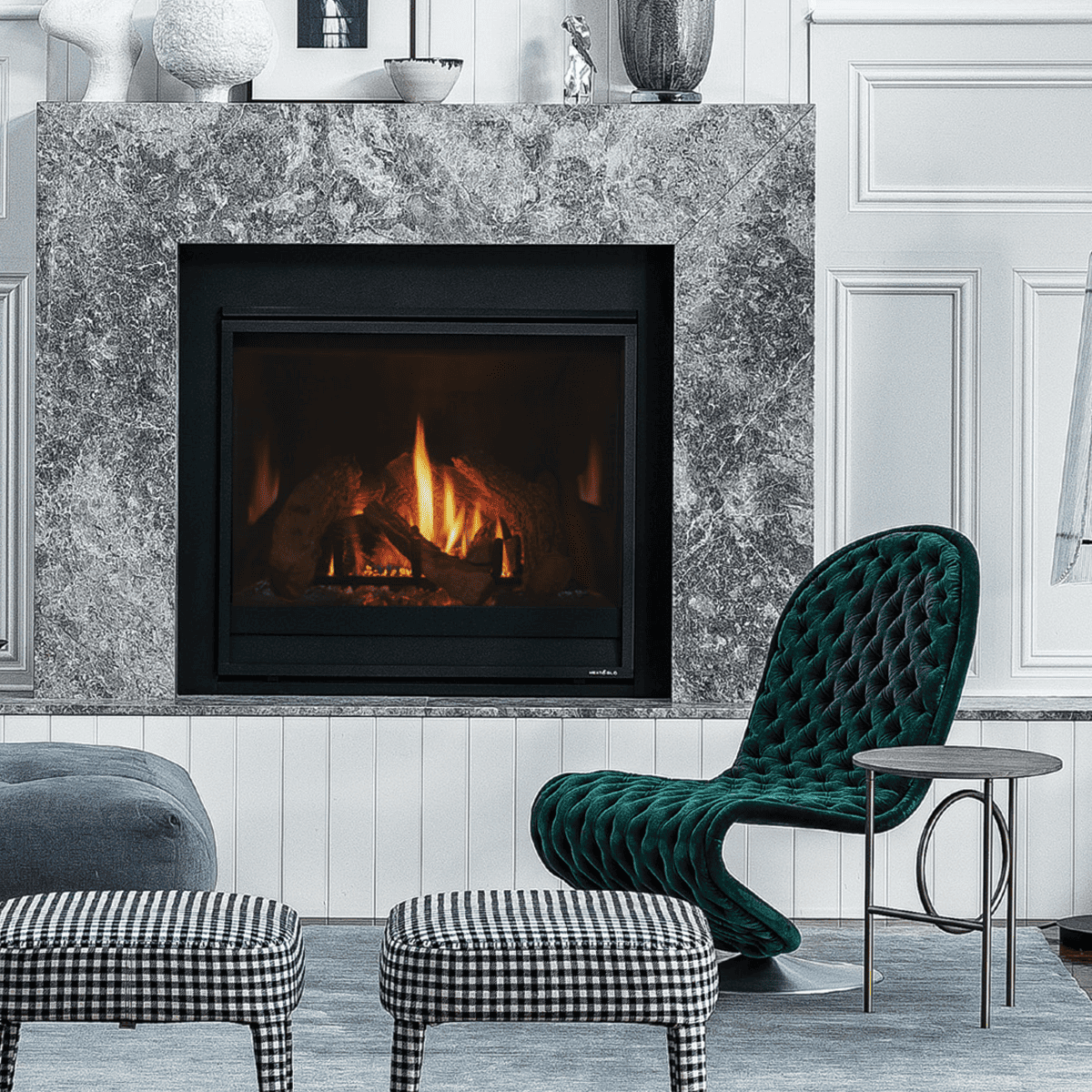
Why Now Is the Ideal Time to Book Fireplace Repairs
From a practical point of view, the off season is the best time to organise fireplace repairs and safety checks. You are not relying on the heater every night, so there is less disruption if parts need to be ordered or more extensive work is required.
Benefits of booking now include:
- More flexible booking times compared to the peak of winter.
- Less pressure to rush decisions about repair or replacement options.
- Time to budget and plan for any larger works recommended by your technician.
- Opportunity to combine services, such as fireplace repairs, general maintenance, and a full gas safety check in a single visit.
Treat it like a scheduled service for your car. You would not wait until you are stuck on the side of the road to think about maintenance. Your gas fireplace deserves the same forward planning.
Ready To Sort Your Fireplace Before Next Winter?
If you noticed any of the warning signs above, or if it has simply been a long time since your last professional check, now is the perfect moment to act. A proactive approach to fireplace repairs and safety checks will save you time, money, and stress down the track.
